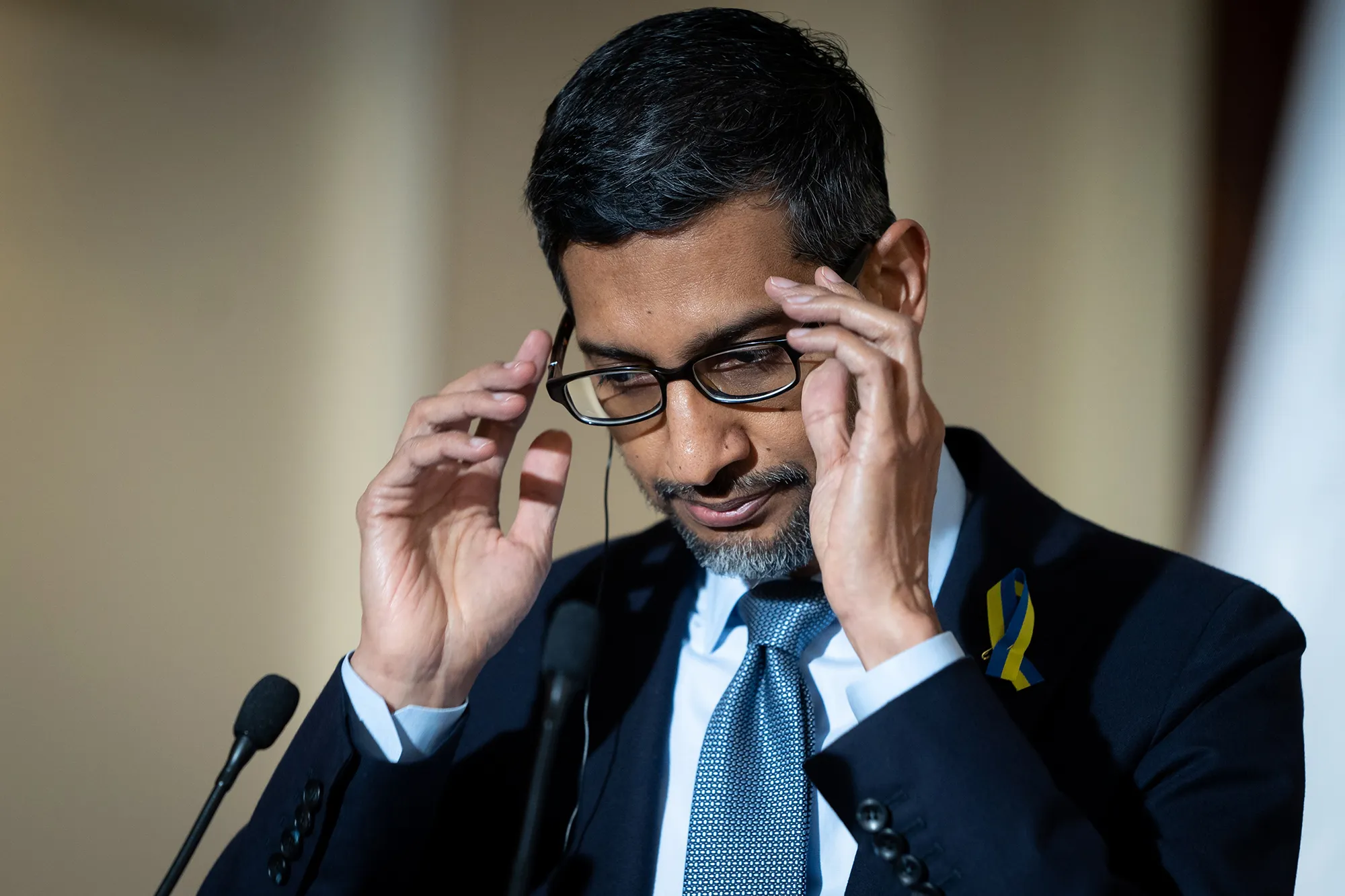The Perils of Google Ads in the Age of AI Mode’s Conversational Search
Google’s AI Mode, expanded to all US users and select global markets like India Labs in July 2025, is transforming search with conversational, AI-driven responses powered by Gemini models. Integrated into Google Ads, AI Mode promises to enhance ad relevance by aligning with complex, multi-step queries and personalized user interactions. However, this shift to conversational search introduces significant risks for advertisers, including loss of targeting precision, unpredictable costs, and brand misalignment. For marketers aiming to thrive in 2025’s search landscape, understanding AI Mode’s dangers and maintaining control over campaigns is crucial to safeguarding ROI. Here’s how to navigate the pitfalls and stay ahead.
Decoding AI Mode: How It Disrupts Google Ads Campaigns
AI Mode is Google’s leap into conversational search, enabling users to engage with dynamic, context-aware responses that go beyond traditional SERPs. For Google Ads, AI Mode integrates ads into these conversational flows, but its complexity creates challenges:
- Unpredictable Query Matching: AI Mode interprets nuanced, conversational queries (e.g., “best budget laptop for students in 2025”), often triggering ads for loosely related terms, diluting intent and driving irrelevant clicks.
- Dynamic Ad Placement: Ads are embedded within AI-generated responses, but their placement—whether at the top, bottom, or mid-conversation—lacks transparency, making it hard to predict visibility.
- Limited Keyword Control: Unlike traditional keyword targeting, AI Mode relies on semantic intent, reducing advertiser control over which queries trigger ads and risking off-target placements.
- Opaque Performance Metrics: While AI Mode data is available in Google Search Console, the lack of granular insights into conversational query performance complicates optimization.
- Cost Volatility: Early reports indicate AI Mode can boost impressions by 15-20% but increase CPCs by up to 25% for low-intent queries, especially in competitive niches like tech and retail.
Why AI Mode’s Conversational Search Is Risky for Advertisers in 2025
AI Mode’s conversational approach, while user-centric, poses serious threats to campaign performance and brand integrity:
- Loss of Targeting Precision: AI Mode’s semantic matching prioritizes broad intent over exact keywords, leading to ads appearing for unrelated queries, reducing relevance and ROI.
- Budget Overruns: Conversational queries trigger higher impression volumes, inflating CPCs in high-competition sectors like e-commerce or finance, with some advertisers seeing 20-30% budget spikes.
- Brand Misalignment Risks: Ads embedded in conversational responses may clash with brand voice, as seen when a premium travel agency’s ad appeared in a “cheap vacation deals” query, eroding trust.
- Inconsistent Ad Visibility: With placements varying across conversational flows, ads may get buried, lowering CTRs by up to 10% compared to traditional SERP placements.
- Regulatory Headwinds: July 2025 EU antitrust complaints against Google’s AI practices highlight concerns over content usage, potentially disrupting AI Mode’s rollout and affecting ad reliability.
- Competitive Pressure: As AI search tools like ChatGPT gain traction, brands overly reliant on AI Mode risk losing share to competitors diversifying across platforms.
Real-World Examples of AI Mode Pitfalls
To highlight AI Mode’s dangers, consider these 2025 campaign scenarios:
- Retail Misstep: A tech retailer targeting “high-end gaming laptops” had ads triggered for “budget gaming PCs” in AI Mode conversations, driving low-intent traffic and increasing bounce rates by 15%.
- Service Industry Blunder: A fitness coaching service advertising “personal training sessions” was matched to “free workout plans,” sending users to a generic landing page and raising CPCs by 18% with no conversion gain.
- B2B Disconnect: A cybersecurity firm promoting “enterprise security solutions” saw ads appear in conversational queries for “basic antivirus software,” reducing lead quality by 20% and clashing with their premium positioning.
How Advertisers Can Mitigate AI Mode Risks in 2025
To protect Google Ads campaigns from AI Mode’s volatility while capitalizing on its reach, adopt these actionable strategies:
- Test AI Mode Selectively: Enable AI Mode in low-risk campaigns, allocating 10-15% of budget to test its impact. Pair with exact match keywords to anchor targeting precision.
- Strengthen Negative Keyword Lists: Review Search term reports biweekly to block irrelevant conversational queries, cutting wasted spend by up to 20%. For example, exclude terms like “free” or “DIY” for premium offerings.
- Optimize Landing Pages: Ensure landing pages align with conversational query intent, with clear CTAs and relevant content. Use manual URL exclusions to prevent AI Mode from selecting outdated pages.
- Maintain Brand Consistency: Disable dynamic ad generation for brand-sensitive campaigns, crafting manual copy to preserve voice and boost CTR by 10-12%.
- Cap Budget Exposure: Set automated rules to pause campaigns if CPCs exceed 20% of target or ROAS dips below baseline, minimizing cost overruns.
- Diversify Ad Channels: Allocate 20-30% of budget to platforms like LinkedIn Ads or YouTube to reduce reliance on AI Mode, ensuring stable traffic amid conversational search shifts.
- Leverage Analytics for Insights: Use Google Search Console’s AI Mode metrics and third-party tools to track conversational query performance, refining bids and targeting for high-intent searches.
How groas Empowers Advertisers to Master Conversational Search
While AI Mode’s automation threatens campaign control, groas provides a transparent, advertiser-first alternative to excel in 2025’s conversational search landscape. Unlike AI Mode’s unpredictable query matching, groas Search Intent Agents analyze conversational patterns to deliver precise keyword and intent recommendations, ensuring ads target high-value queries and boosting ROI by up to 22%. groas Conversion Copy Agents craft brand-aligned ad copy tailored to conversational flows, avoiding AI Mode’s inconsistent outputs and driving 15% higher CTRs through A/B-tested creatives. Meanwhile, groas Budgeting and Automation Agents offer real-time cost monitoring and custom bidding rules, capping spend on low-intent queries and saving up to 25% compared to AI Mode’s volatility. Seamlessly integrating with Google Ads while emphasizing manual oversight, groas empowers advertisers to navigate AI Mode’s risks, maximize conversions, and maintain brand integrity in 2025’s competitive search environment—all without long-term commitments.

